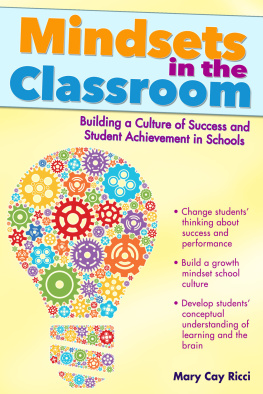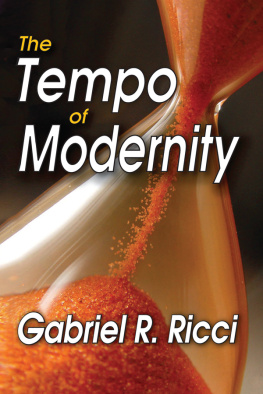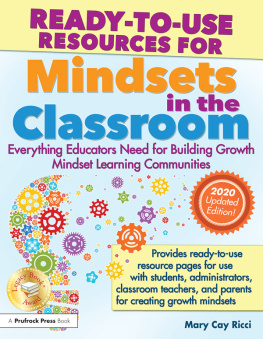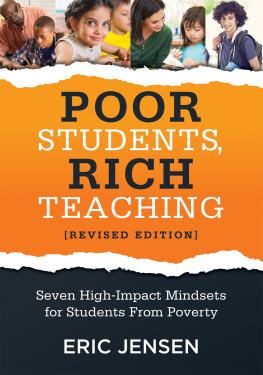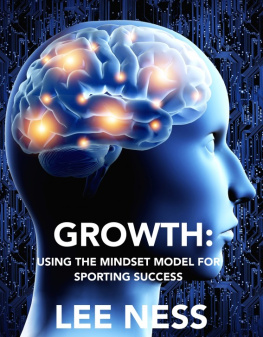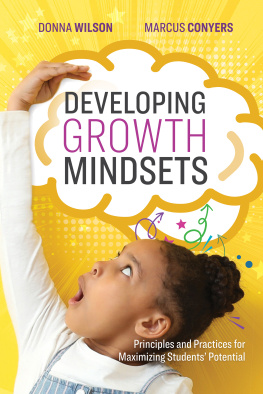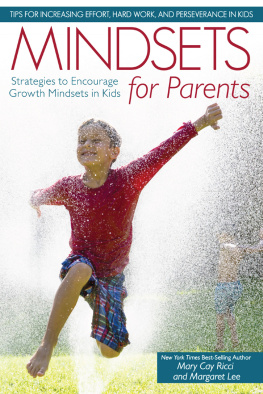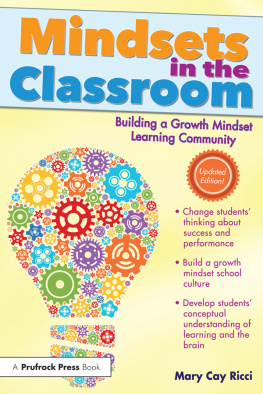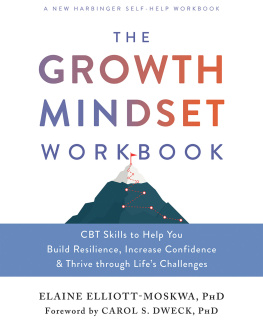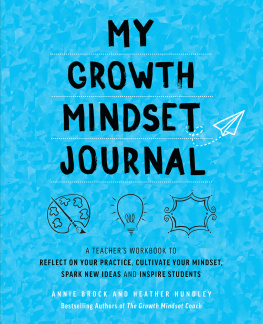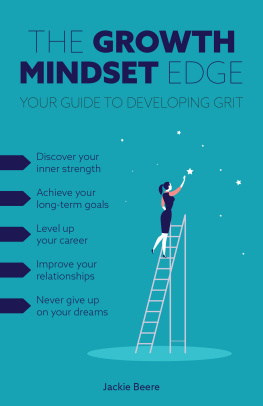ABOUT THE AUTHOR
Mary Cay Marchione Ricci is currently the Coordinator of Gifted and Talented Education for Baltimore County Public Schools in Towson, MD. Previously she was an instructional specialist in the Division of Accelerated and Enriched Instruction for Montgomery County Public Schools, MD. Mary Cay has certification in gifted and talented education and administration and supervision from Johns Hopkins University where she is currently a faculty associate in the Graduate School of Education. She completed her undergraduate degree in elementary education at Mercyhurst University. Mary Cay has experience as an elementary and middle school teacher. In 2010, she received an award for state leadership in gifted education from the Maryland State Department of Education. Mary Cay is also a frequent presenter at local, state, and national conferences and has coauthored several articles in Parenting for High Potential, a publication of the National Association for Gifted Children. Mary Cay also serves as an educational consultant for private and public schools.
Her greatest achievement, however, is her three children, Christopher, Patrick, and Isabella, from whom she has learned the most.
APPENDIX A
SAMPLE TRAINING PLAN FOR STAFF GROWTH MINDSET PROFESSIONAL DEVELOPMENT
Outcomes
By the end of the professional development participants will be able to:
1. Define the fixed and growth mindset theories.
2. Discuss the research of Dr. Carol Dwecks work on Mindset theory. Dr. Dweck asserts that intelligence is a malleable quality, a potential that can be developed.
3. Reflect on their own mindset about student learning, intelligence, and effort.
4. Explore how student praise and feedback influences students mindset
5. Explore ways to teach students about the brain and how they learn
6. Plan for next steps in building a growth mindset class culture.
Pre-Professional Development Planning
At each table have a folder with copies of the PowerPoint or Flipchart, My beliefs about intelligence paper, envelopes for each participant, and the Mindsets and Equitable Education (Dweck, 2010) article. In addition, set up four stations with anchor activity folders with alternate articles about growth and fixed mindsets.
| Time | Content | Resources |
| 5 | Welcome/Outcomes Review outcomes and agenda Ask participants to post any questions that they have on the chart bin as the day progresses. Facilitator will make every effort to discuss bin items. | Flipchart or PowerPoint with outcomes Chart paper and sticky notes for Bin |
| 5 | Inform participants that in a few minutes they will read an article that discusses one aspect of equitable education. The author, Dr. Carol Dweck, describes two sets of beliefs that people have about intelligence. On the paper that says My beliefs about intelligence teachers will write down a statement that summarizes answers to the following: What were you taught about student intelligence? What do you believe about student intelligence based on your own observations? When they are done, they should put the paper in the envelope, seal it, and write their names and date on the front. The facilitator should collect these and save them for the last professional development session so the participants can note if their beliefs have changed in any way. |
| 10 | As they read the article, Mind-sets and Equitable Education by Carol Dweck, from Principal Leadership, have participants use a highlighter to identify interesting or new information. Tell them, Write down your initial thoughts/feelings about what you just read. If you finish the article or have already read the article, please choose an alternative reading that can be found in the anchor activities folder. | Copies of Mind-sets and Equitable Education article Highlighters Anchor activity folder with recent articles or the following: Even Geniuses Work Hard, Carol Dweck Mindsets and Gifted Education: Transformation in Progress, Matthews and Foster |
| 20 | Discuss the article. You may use the following questions as discussion starters (ask participants to think about life outside of school): In what areas do they think you have a fixed mindset? A growth mindset? Facilitator should share a personal experience that demonstrates a fixed mindset; for example: I have a very fixed mindset when it comes to technology in fact, my family gave me an electronic tablet as a gift several years ago, and I wasnt sure that I wanted to keep it. I felt that learning how to operate it would be impossible for me because I do not have a talent for technology. Since getting into this research, I have realized that with effort, I can learn to do anythingI just have to be willing to put in that effort. At your table, choose one of the following questions to discuss: Do we, as a society believe in a growth mindset? Why or why not? Is this what we were taught? Or how we were taught? For some of us, this is a challenging concept to believe in. Why? | PowerPoint with questions or handout with questions |
| 5 | Why Now? Discuss the following ideas with participants: We continually learn new things about the brain and how people learn and react to situations and relationships. Fifty years ago if you had a toothache, how would the dentist fix it? How will this new learning have a positive impact on our students? |
| 30 | How Do We Praise Our Students? Ask participants to think of some ways that parent and teacher praise can influence the formation of these mindsets. At tables discuss some specific examples of praise that may manifest a fixed mindset. Tell participants: Every word and action sends a message. It tells children how to think about themselves. It can be a fixed mindset message that says, You have permanent traits and Im judging them. For example: You are so smart. Ask participants to come up with other examples that demonstrate a fixed mindset. Record responses on chart paper divided into two columns: Fixed Messages and Growth Messages. Tell participants: It can be a growth mindset message that says: You are a developing person and I am interested in your development, You put a lot of effort into that and it shows! Ask participants to come up with other examples that demonstrate growth mindset praise. Record responses on the chart paper. | Chart paper with two columns: Fixed Praise and Growth Praise |
| 4560 | Learning and the Brain Discuss the brain with participants: Research over the past few decades has expanded our understanding of the brains capacity to develop new ability. The brain has great capacity to develop through exercise at the right depth and challenge level. This is the condensed version of how the brain works: The brain is made up of a network of neurons. When we learn something new, neurons make connections to each other. When we practice, put forth effort, and persist, these neural connections become stronger and the brain becomes denser. The rate of density depends on how much the brain is stimulated and actively used. We become smarter when we learn new things! Demonstrate neural connections using thread (a weak understanding), string (on the way to mastery), and a rope (mastery). Ask for 3 to 5 volunteers to be neurons. These volunteers can hang a paper neuron around their neck. Ask the group neurons if someone could share something new that they learned recently (e.g., knitting, golfing, or the Common Core State Standards). |
Next page
